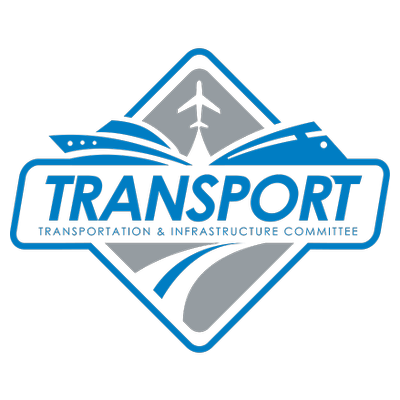The Aircraft Electronics Association applauds the U.S. Congress for recently approving bipartisan legislation that provides long-term stability and critical reforms to the Federal Aviation Administration. President Donald Trump is expected to sign H.R. 302 later this afternoon at the White House.
The last time Congress enacted a multi-year authorization bill for the FAA was 2012, and the agency has been working under a series of short-term extensions since September 2015. The current authority for FAA activities was extended in March of this year and expired Sept. 30.
Earlier today, the House Transportation and Infrastructure Committee Chairman issued the following press release.
President Trump to Sign FAA & DRRA Legislation Today with Chairman Bill Shuster and Former Chairman Bud Shuster in Attendance
For Immediate Release: October 5, 2018
Contact: Justin Harclerode or Jeff Urbanchuk (202) 225-9446
 Washington, D.C. - Transportation and Infrastructure Committee Chairman Bill Shuster (R-PA) will be joined by his father and former Transportation and Infrastructure Chairman Bud Shuster in the Oval Office today as President Trump signs into law a bill that includes a major five-year reauthorization of the Federal Aviation Administration (FAA) and a package of life- and cost-saving disaster program reforms.
Washington, D.C. - Transportation and Infrastructure Committee Chairman Bill Shuster (R-PA) will be joined by his father and former Transportation and Infrastructure Chairman Bud Shuster in the Oval Office today as President Trump signs into law a bill that includes a major five-year reauthorization of the Federal Aviation Administration (FAA) and a package of life- and cost-saving disaster program reforms.
The President will sign H.R. 302 during a 2:45 PM signing ceremony at the White House. Chairman Bill Shuster, who has led the Transportation and Infrastructure Committee since 2013, was the lead author of the legislation in the House of Representatives.
Today's signing ceremony is historic for several reasons. Bud Shuster, who chaired the same committee from 1995 to 2000, also shepherded a major FAA reauthorization into law during his tenure. Both have represented Pennsylvania's 9th Congressional District in the House of Representatives. Today's measure, H.R. 302, is also the longest reauthorization of the FAA since 1982. Both Shusters have worked with President Trump: Chairman Bill Shuster has worked with the President to move today's FAA measure and on other legislative efforts, and Chairman Bud Shuster worked on infrastructure issues with the president when the latter was in the private sector.
Furthermore, since John Quincy Adams and his son Charles Francis Adams both chaired the Committee on Manufactures in the 19th century, Bud and Bill Shuster are only the third father-son pair in our Nation's history to chair the same House committee. The other pair were Edward White Robertson and Samuel Matthews Robertson, who both chaired the Levees and Improvements of the Mississippi River Committee, also during the 19th century.
"Being able to stand in the Oval Office alongside my father, who once chaired the same committee that I now chair, while the President of the United States signs into law a major piece of infrastructure legislation is an incredible honor," said Chairman Bill Shuster. "I want to thank President Trump for signing this important bill into law and for inviting us to attend. I also want to thank my colleagues in the House and the people of the 9th Congressional District of Pennsylvania for entrusting me to represent and serve them in Congress and as Committee Chairman. Finally, I want to thank my family for their continued support, and my father, who after standing beside me for the last 57 years, will be standing beside me again today at the White House during this historic moment."
H.R. 302 includes the FAA Reauthorization Act of 2018, which authorizes the FAA programs and federal grants for airport infrastructure for the next five years, promotes safety and American leadership in aviation and the aerospace industry, and improves the flying experience for passengers. (more info)
H.R. 302 also includes the Disaster Recovery Reform Act of 2018, which will help communities better prepare for, respond to, recover from, and mitigate against disasters. DRRA increases focus on pre-disaster mitigation - actions taken before disaster strikes that will lessen future impacts, reduce disaster costs, help speed recovery, and prevent loss of life. (more info)

